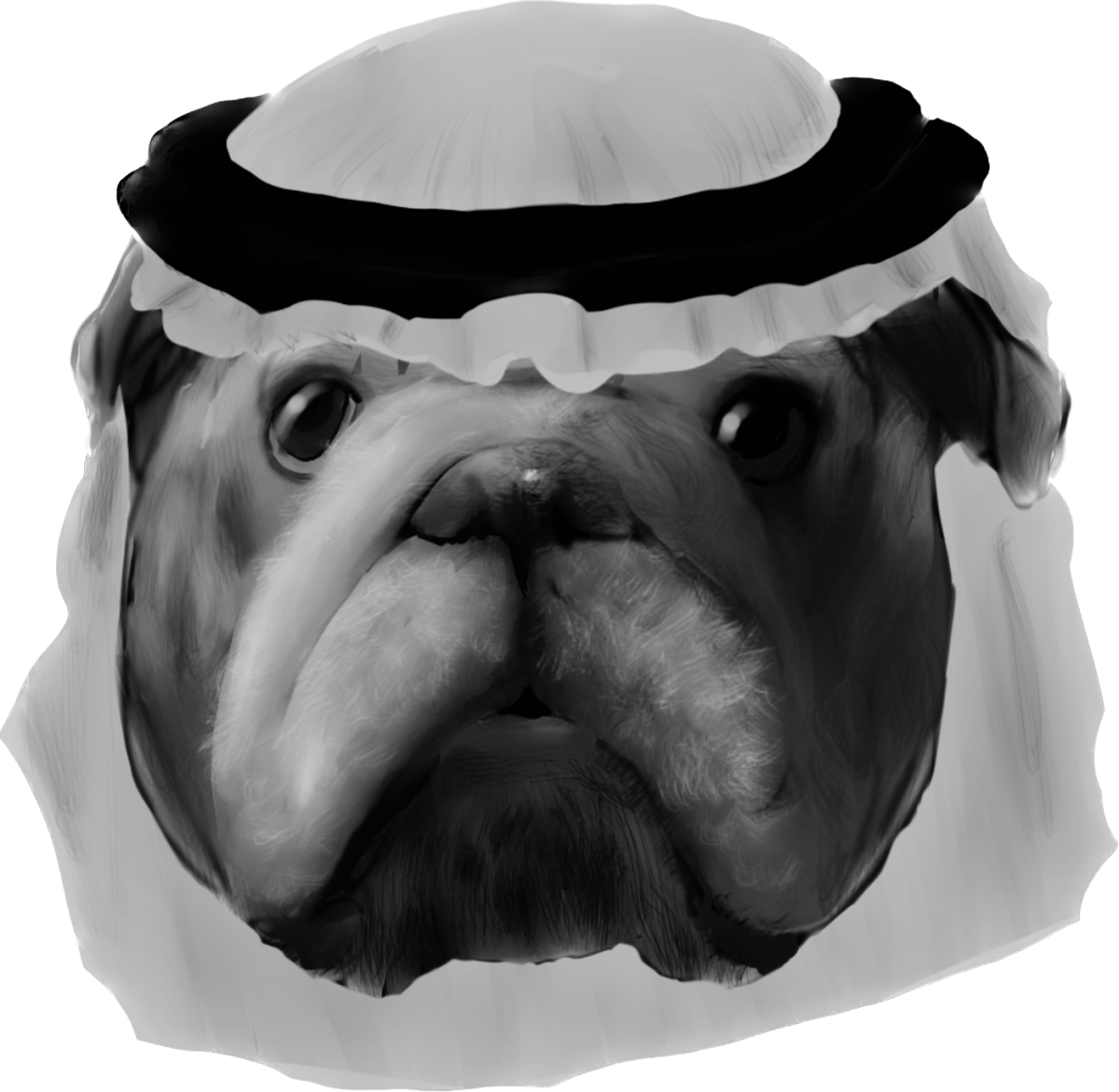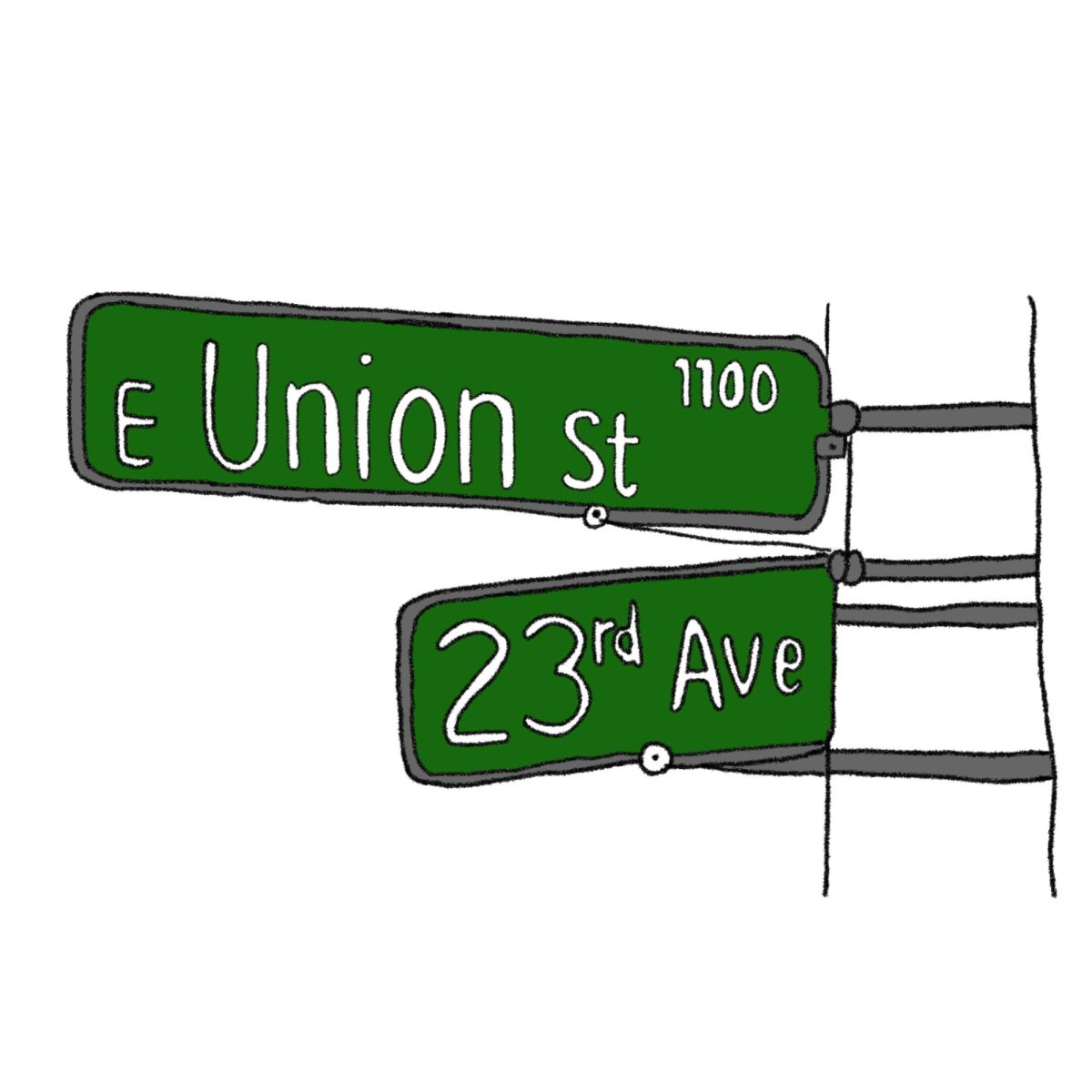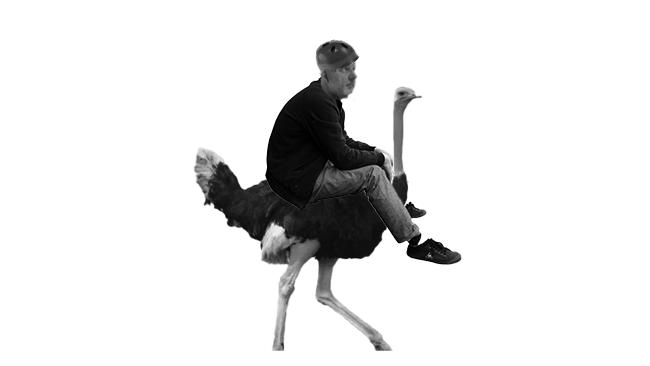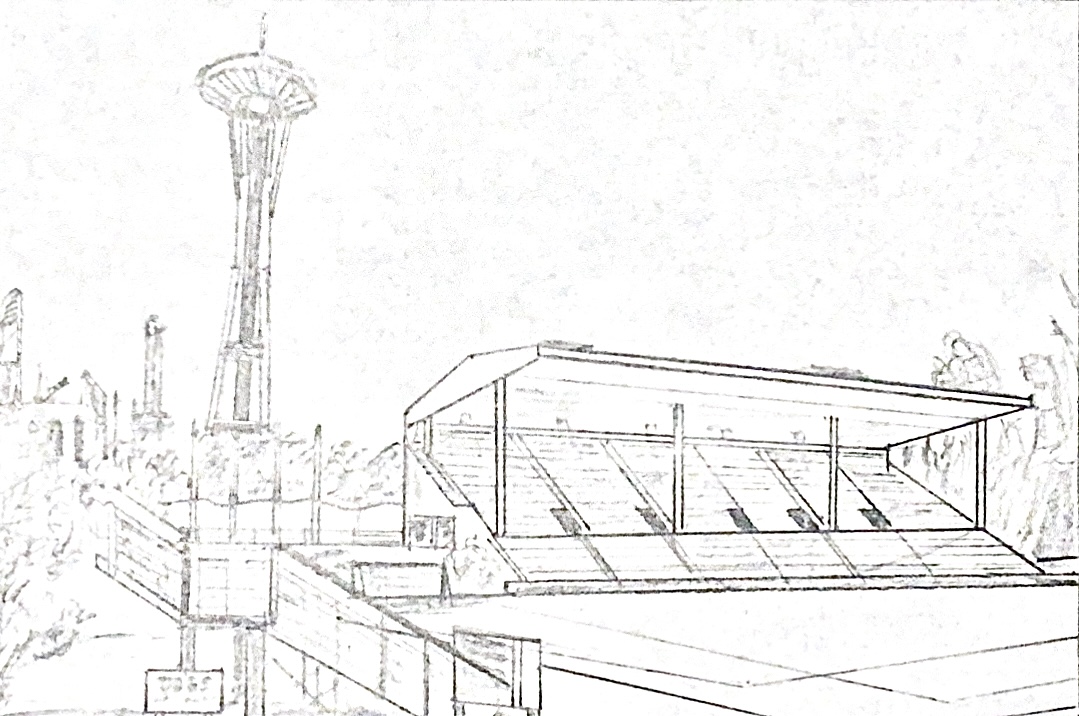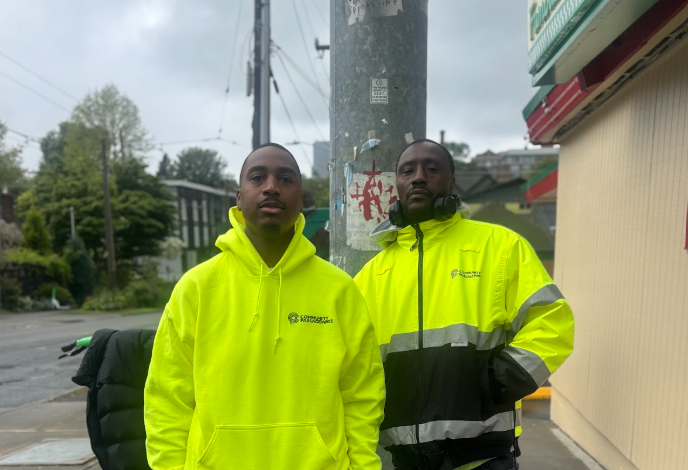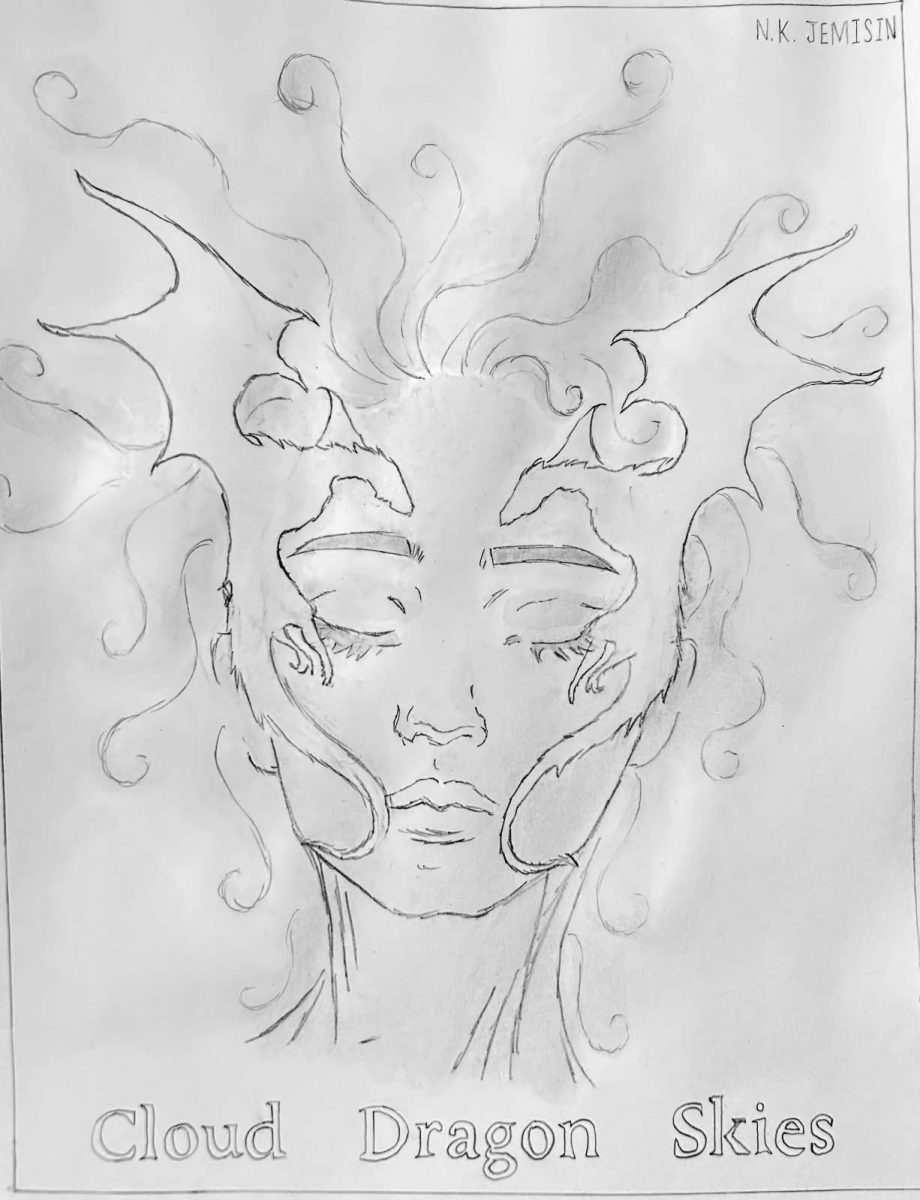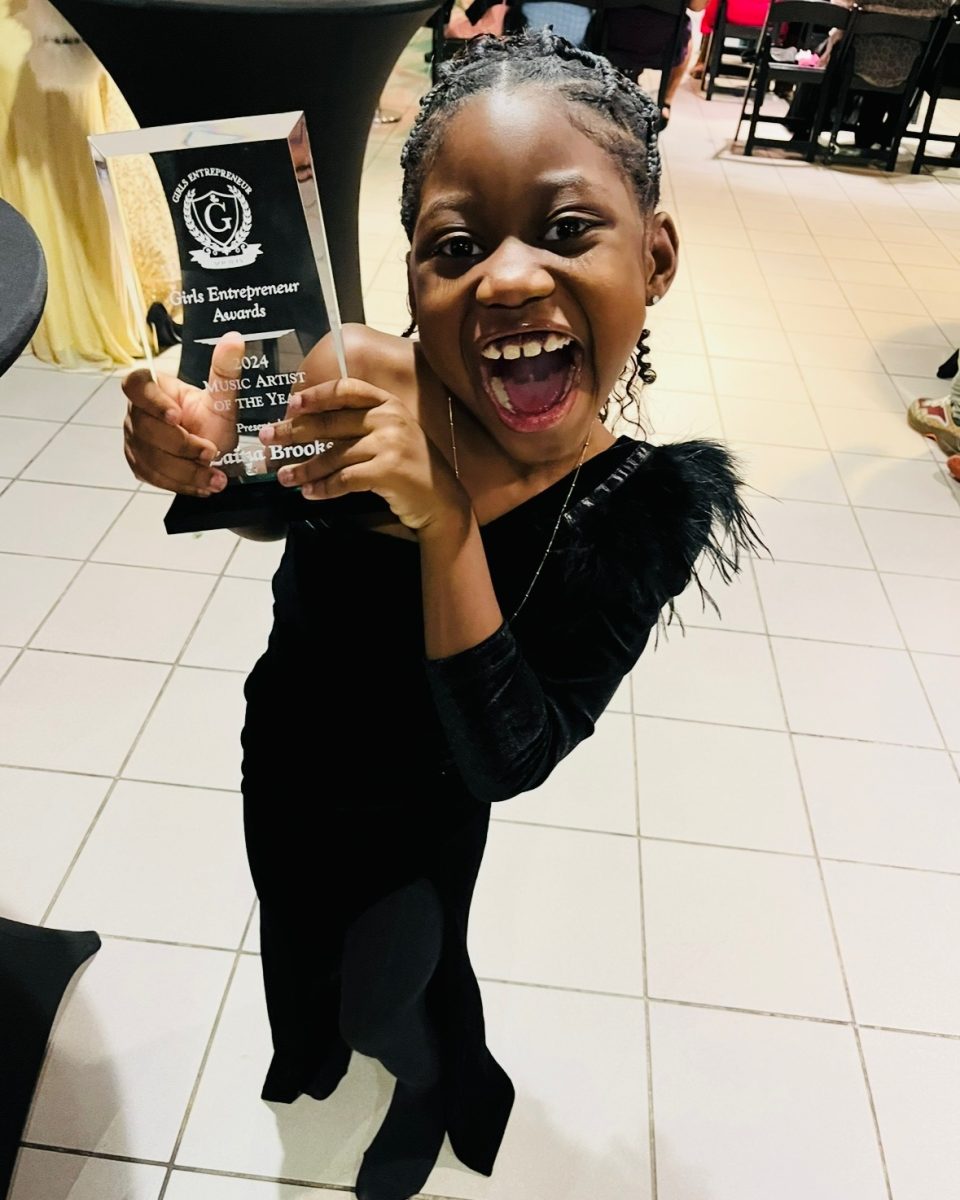April starts in just over a week and it is nationally recognized as Arab American Heritage Month. Now, more than ever, it is important that April is a time to honor National Arab American Heritage Month as Arabs across the globe have been battling grief and lethal hate.
In the Middle East, 19 Arab countries spread across southwest Asia and north Africa. These countries include Algeria, Bahrain, Egypt, Iraq, Jordan, Kuwait, Lebanon, Libya, Mauritania, Morocco, Oman, Palestine, Qatar, Saudi Arabia, Sudan, Syria, Tunisia, the United Arab Emirates, and Yemen. Arabs are often mistaken for anyone from the Middle East, but they are not the same race as other Middle Eastern people such as Persians, Turks, Kurds, or Iranians. National Arab American Heritage Month, though newly celebrated in April, has existed since the 1990s; however, it only became a federally acknowledged month in 2019. The month is meant to commemorate those of Arab descent, especially those who immigrated largely from Lebanon, Syria, Jordan, and Palestine.
To understand Arab experiences, one must first understand the community and the family-like dynamic shared between Arabs. “If you’re walking down the street and you encounter someone who’s also Arab, you’re able to relate in this different type of way, and it feels like they’re your cousin or aunt or uncle or whatever, and everyone really looks out for each other,” Palestinian teacher Ms. Zeer explained. Saudi senior Mazin Quotah corroborated this. “I was doing Drivers Ed, and I was talking to the instructor and I told him my family’s from Saudi and he’s like ‘No way’. His family was also from Saudi, and so we just bonded like that,” Quotah shared.
Arab bulldogs have heard nothing about National Arab American Heritage Month at Garfield. This feels out of touch to Arab students considering the racial scrutiny Arab Americans are experiencing during this time of occupation and genocide. Egyptian senior Mira Grace expressed her desire for exposure to Arab Heritage at Garfield. “I feel like I want it to be more recognized in the first place because I honestly don’t really see any representation of it in the States,” Grace said,“It would be nice to see a summit learning about Arab identity.” This is a common idea as the BLM racial summits have never made an affinity space for Arab or Middle Eastern students. This has often led to Middle Eastern races being misconstrued as white. “There’s not a certain look for looking Arab,” Grace added., “Our identities are so diverse, we come in all shapes and colors and sizes and all that. And we speak many different dialects of Arabic.” With more visibility comes more information. “I think a lot of times we aren’t really highlighted in schools or other places. There are so many amazing Arab authors and artists and doctors and engineers and teachers… I think that just uplifting our voices and celebrating us is really important,” Zeer said. Arab culture doesn’t have to be exclusive to Arabs however. Zeer encourages others to explore Arab culture. “I’m always like ‘try some Arab food’ or ‘join our spaces sometimes’,. Listen to our music or come watch our dances or feel the community feel.” As a celebration of Arab Heritage, it is important to explore the cultural community and keep Arab culture alive.



